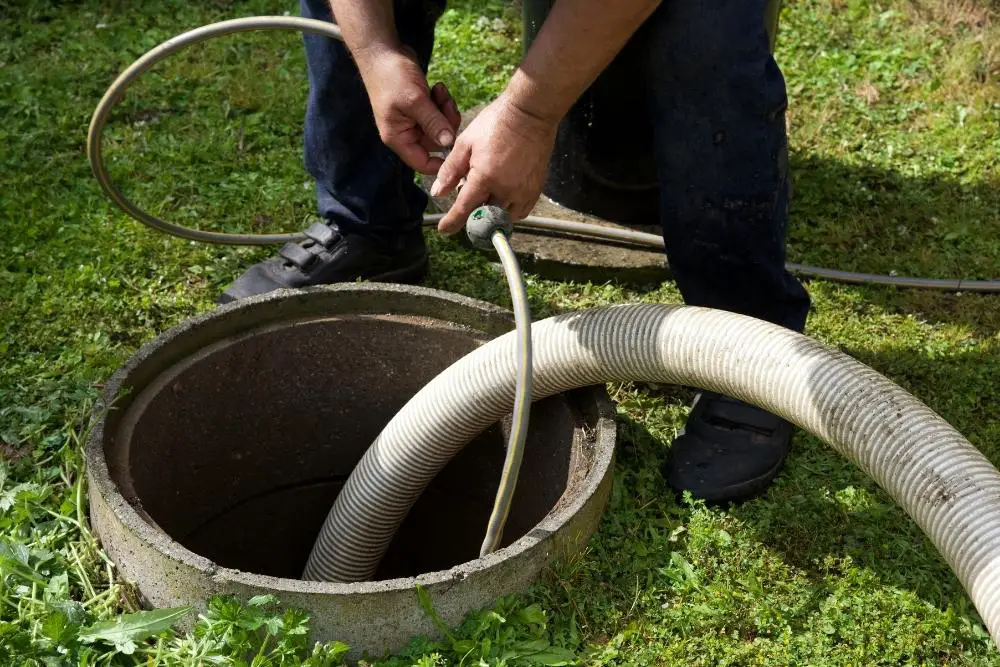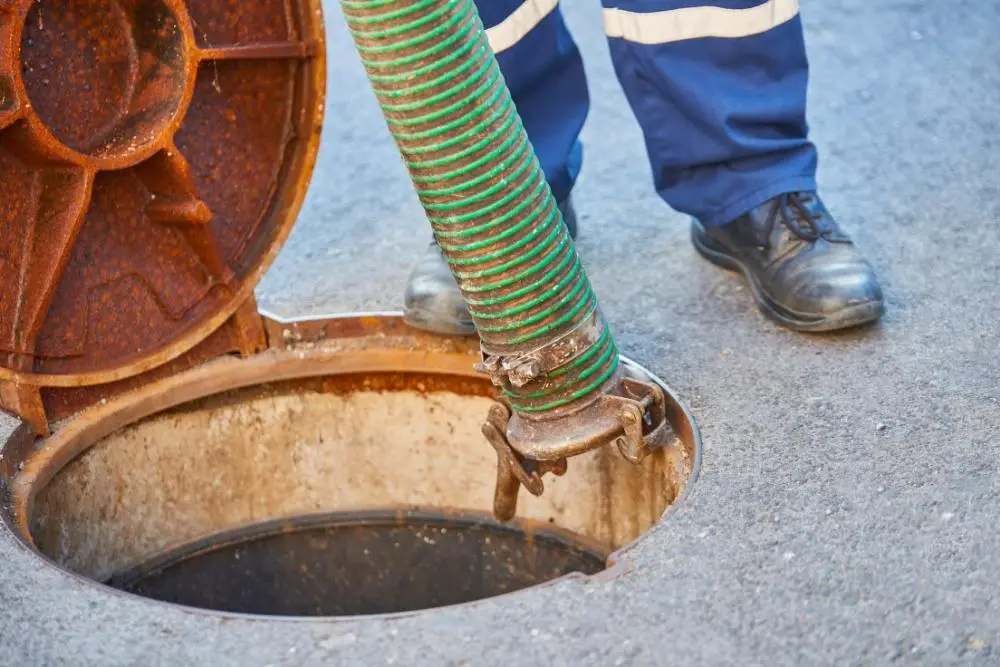Not exactly the most thrilling topic to discuss, but in modern homes, the drain systems are often bland. Unless there’s an issue with the toilet or the bath is not working correctly, most people focus on the plumbing.
Technically, you can shower if your septic tank is full. However, it’s not an appropriate practice to do so as it can damage your septic system.
It can cause backups in the water, as the sewage will eventually flow into your bathtubs and sinks. Before you can use the bathroom, emptying the tank is essential.
This post will let you know the dos and don’ts of when your septic tank is full.
Contents
What Is a Septic Tank?
A septic tank is a classification of wastewater treatment facility typically utilized in rural areas that doesn’t have a sewage line. It uses a combination of natural processes and technology to treat the wastewater from various residential plumbing systems.
It consists of a tank, a leach field called an absorption field and a septic tank. The organic matter in the tank is then broken down and separated from the rest of the wastewater.
After the tank fills up, the liquid effluent discharges into a network of pipes designed to flow into the soil gradually. The treated wastewater pumps through various materials, such as wood chips, organic matter, and gravel.
These materials can help remove harmful nutrients, microorganisms, and other impurities from the water. Before discharging into the ground, some systems are there to disinfect or evaporate the wastewater.
Can I Shower if My Septic Tank Is Full?
If your septic tank is full, you can still use the shower, but it is not advisable. However, you might encounter issues such as slow seepage as the water in your sinks, toilets, and shower begins to drain slower.
In some cases, shower drains don’t go directly into the sewage lines, which is rare since there’s no solid waste. However, most builders will often join the toilet and shower drains together.
If your shower drain ends up in a septic tank, it won’t cause as much damage to your tank as it would if it were a regular drain. Doing so is not advisable.
How Does a Septic Tank Operate?
Before a septic tank can handle organic materials, it must remove various floating substances from the effluent. This process carries through a pair of pipes connected to the tank. When the water waste from the house is collected, it goes to the tank.
The line is long enough to separate the solid and liquid waste from the septic tank. It carries the tank’s pre-processed wastewater evenly throughout the body of water.
After some time, the wastewater will start to split into three different layers. The oil and grease from the top layer will float above the rest of the trash.
The various components of the tank, such as the waste and wastewater particles, are in the middle layer. The heavy particles then move to the bottom, depositing in a sludge layer. This process allows the liquid to flow out without too much effort.
How Long Will It Take for a Septic Tank to Fill Up?
Depending on the size and volume of your septic tank, it can take a long time to fill up. Also, how frequently you need to pump depends on the amount of solid waste you throw away and the water usage in your house.
It can take up to five years for a surface septic tank to fill up. However, this is a subjective question and can be difficult to predict.
You might want to empty your septic tank more frequently if you have a large family. Also, the longer the showers are, the more likely the tank will fill up faster.
If multiple people live in the house, you might have to pump the tank every three to five years. However, you can easily avoid this chore if you have a small family or live alone.
How to Avoid Septic Tank Problems?
A clog in a septic tank can cause various problems. Homeowners must remember that all the sewage into their system eventually ends up in the tank.
There are various ways that people can end up in septic tanks. These include flushing something down the toilet, disposing of it with the garbage disposal, or pouring it into the sink.
Some things you should never flush are feminine hygiene products, food and beverage containers, and paper towels. Also, keep cooking oil out of your drains. Doing so will help prevent clogs.
It’s also important that the drain field is free of heavy objects such as vehicles, trucks, and motorcycles. It can cause the weight to put too much pressure on the pipes, leading to brokenness. Large trees that are near the drain field can additionally cause clogs.
How to Tell if Your Septic Tank Is Too Full?
Some signals that your septic tank is full: Slow drains: This is a sign that the water in your home is slowly draining. It can signify that the tank is full or that multiple gutters in the house are also failing.
Sometimes, the septic tank will go straight to the pipes and back up the sewage in your home. It is very unsanitary, and you should avoid it at all costs. Having a regular pumping schedule is also essential to prevent this.
If you see pooling water in your drain field or a particular area of your lawn, it could signify that the septic system is starting to overflow.
If you smell a foul odor from your home or the air inside your home, it could signify that your septic tank is full. It can be because of the gases coming from the ground or the pipes running into your home.
Frequently Asked Questions
Does Shower Water Go Into Septic Tank?
All the water you use to bathe ends up in your septic tank, as all the water coming out of your house goes into this facility. Other water sources, such as your kitchen sink and laundry water, go into the tank.
You must be careful with the things you flush into your toilet and inks to avoid problems.
How Often Should Homeowners Empty Their Septic Tank?
Several factors can affect the amount of time you should pump out your septic tank. However, generally, it’s best to pump out the tank once every three to five years.
Depending on how many people use your septic tank and how much you use it. You must pump out your septic tank more often if you have a large family. The number of people who take showers can also affect how quickly your tank fills.
How Much Is a Septic Tank Cleaning Service?
Cleaning and pumping a septic tank can range from around $295 to $610, depending on the tank type and the consumers. While you can usually get a 750-gallon septic tank for around $250, you can also expect to pay about $895 for a larger tank.
Conclusion
Although you can shower with a full septic tank, there will be some issues with the water in the tub and sink. Depending on the size and number of people living in the house, it’s generally a good idea to empty your septic tank once a month.
If you see a significant amount of sewage backing up into your sink, bathtub, or basement, it’s an indication that your septic system is failing. You should never attempt to clean it yourself.






